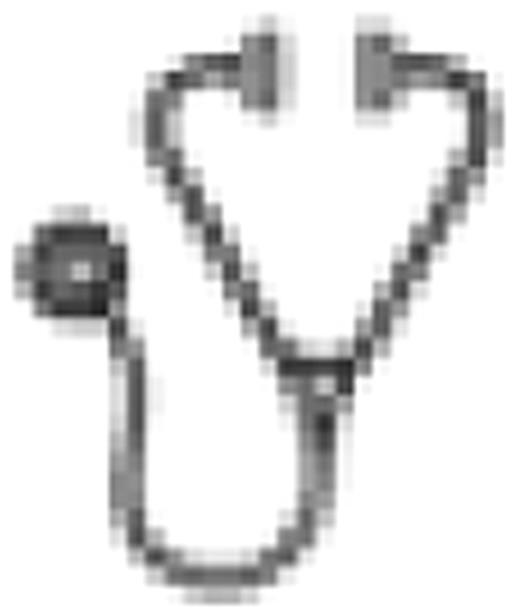Abstract
Abstract 2263
Autologous stem cell transplantation (ASCT) remains the only curative option for many lymphoma patients and it is an integral component of treatment for patients with multiple myeloma (MM). Stem cell mobilization has most commonly been performed using either chemotherapy and colony-stimulating factors or colony stimulating factors alone. This approach was challenged by the inability to collect enough CD 34 cell count to perform an ASCT. Plerixafor (Mozobil ®) previously known as AMD3100, a selective antagonist of CXCR4, has recently been approved for ASCT mobilization in combination with granulocyte- colony stimulating factor (G-CSF) for both multiple myeloma and lymphoma patients and is effective for patients who failed to mobilize enough CD34 cells with other modalities.
This retrospective study examines all adult patients with MM and lymphoma who received plerixafor as a mobilization agent for ASCT at Memorial Sloan- Kettering Cancer Center between January 1st, 2009 and August 1st, 2010. Patient's information was obtained from the pharmacy data base and electronic medical records. Data included demographics, diagnosis, first line mobilization regimen, second and third line regimens, doses of plerixafor received, number of pheresis sessions and CD34 cells per kg collected per each session. The primary objective was to determine how many patients failed stem cell collection following mobilization at our center.
Fifty-six adult patients with lymphoma (N=23) and MM (N=33) were identified. Patients were excluded if they were treated for a pediatric malignancy or an alternate diagnosis. The average number of pheresis and CD34 cells/kg collected in each group are shown Table 1. Forty-three percent (10/23) patients with lymphoma received plerixafor and G-CSF as the first line option for mobilization and 57% (13/23) received plerixafor and G-CSF after failing other regimens. A total of 5 (22%) patients with lymphoma failed collection following mobilization with plerixafor, 1 as a primary mobilization failure and 4 having failed other mobilization strategies. Thirty-nine percent (13/33) of patients with MM received plerixafor and G-CSF as the first line option for mobilization and 61% (20/33)after failing other regimens, including cyclophosphamide (N=15) and G-CSF alone (N=5). Among the patients mobilized with plerixafor, 6% (2/33) failed collection, 1 who received plerixafor and G-CSF for primary mobilization and only 1 after failing other regimens.
Number of Pheresis required and CD 34 cells /kg collected
| . | Plerixafor + GCSF as front line . | Plerixafor + G-CSF after failure . | ||
|---|---|---|---|---|
| Average Number of Pheresis . | Average CD34 cells/kg collected . | Average Number of Pheresis . | Average CD34 cells/kg collected . | |
| MM | 2 (range 1–3) | 8.7 × 106 | 3 (range 1–4) | 4.9 × 106 |
| Lymphoma | 3.5 (range 1–4) | 4.7 × 106 | 3 (range 1–4) | 3.8 × 106 |
| . | Plerixafor + GCSF as front line . | Plerixafor + G-CSF after failure . | ||
|---|---|---|---|---|
| Average Number of Pheresis . | Average CD34 cells/kg collected . | Average Number of Pheresis . | Average CD34 cells/kg collected . | |
| MM | 2 (range 1–3) | 8.7 × 106 | 3 (range 1–4) | 4.9 × 106 |
| Lymphoma | 3.5 (range 1–4) | 4.7 × 106 | 3 (range 1–4) | 3.8 × 106 |
In lymphoma and MM patients plerixafor in combination with G-CSF is effective for stem cell mobilization and in this study we report higher success rates than in previously published data. The few number of failures with plerixafor plus G-CSF given as a primary mobilization regimen, supports its use in this setting and is attractive considering that it can reduce patient's exposure to chemotherapy.
Matasar: Genzyme Pharmaceuticals: Membership on an entity's Board of Directors or advisory committees.

This icon denotes an abstract that is clinically relevant.
Author notes
Asterisk with author names denotes non-ASH members.

This feature is available to Subscribers Only
Sign In or Create an Account Close Modal